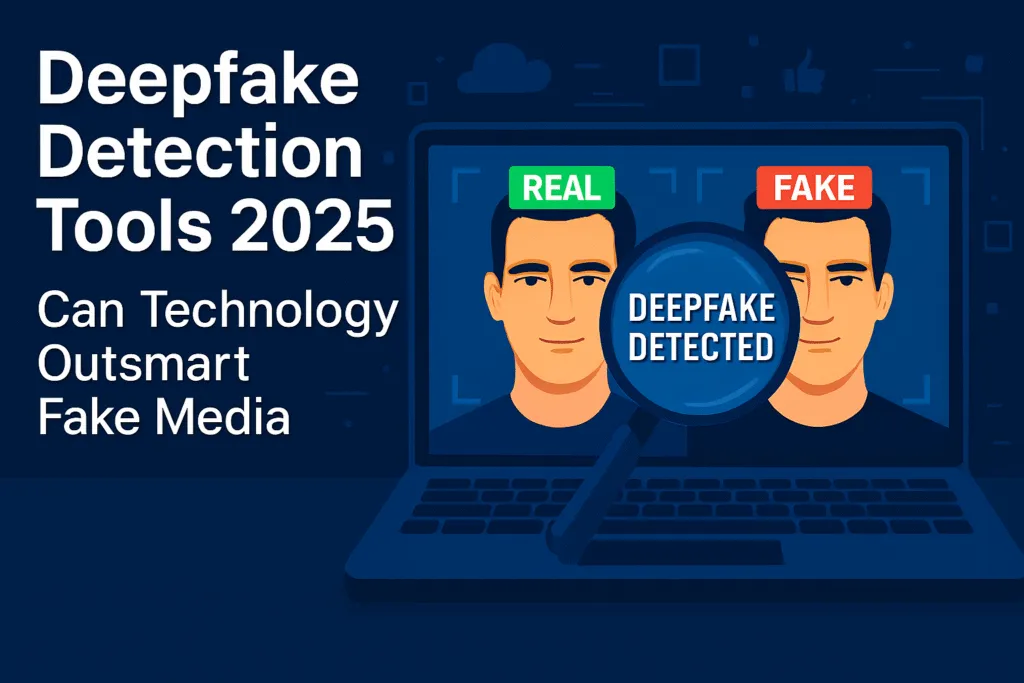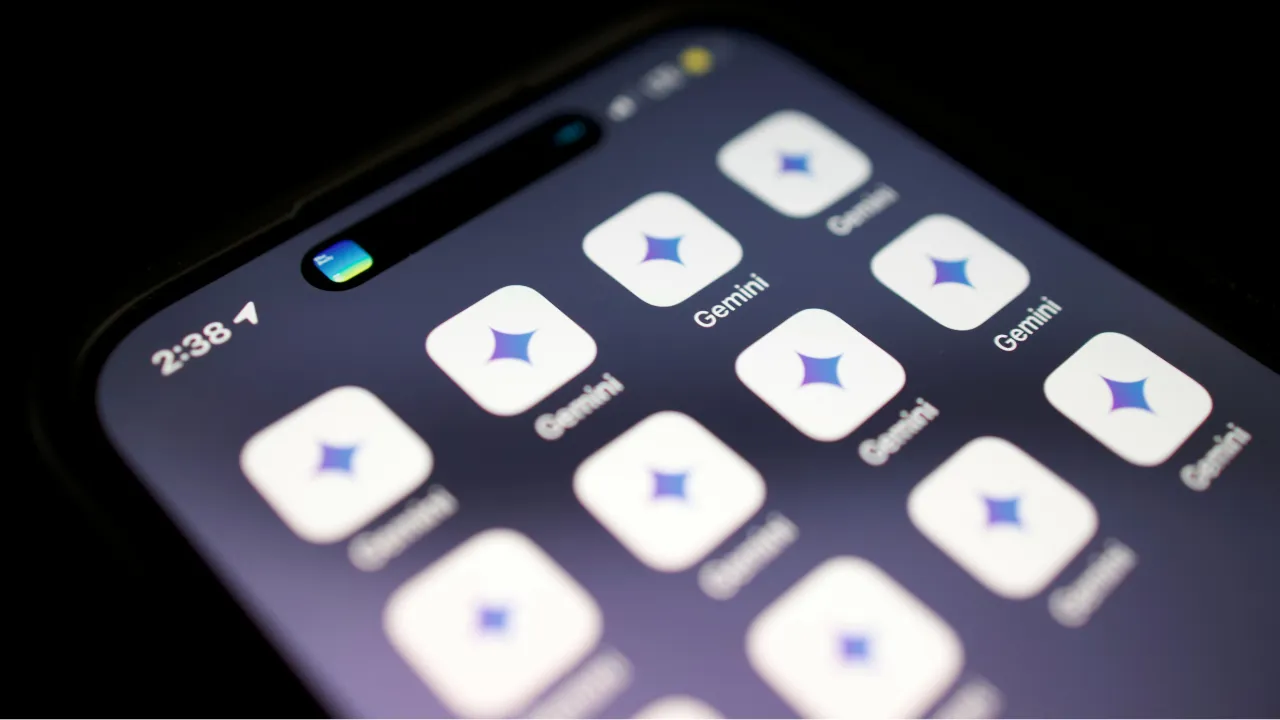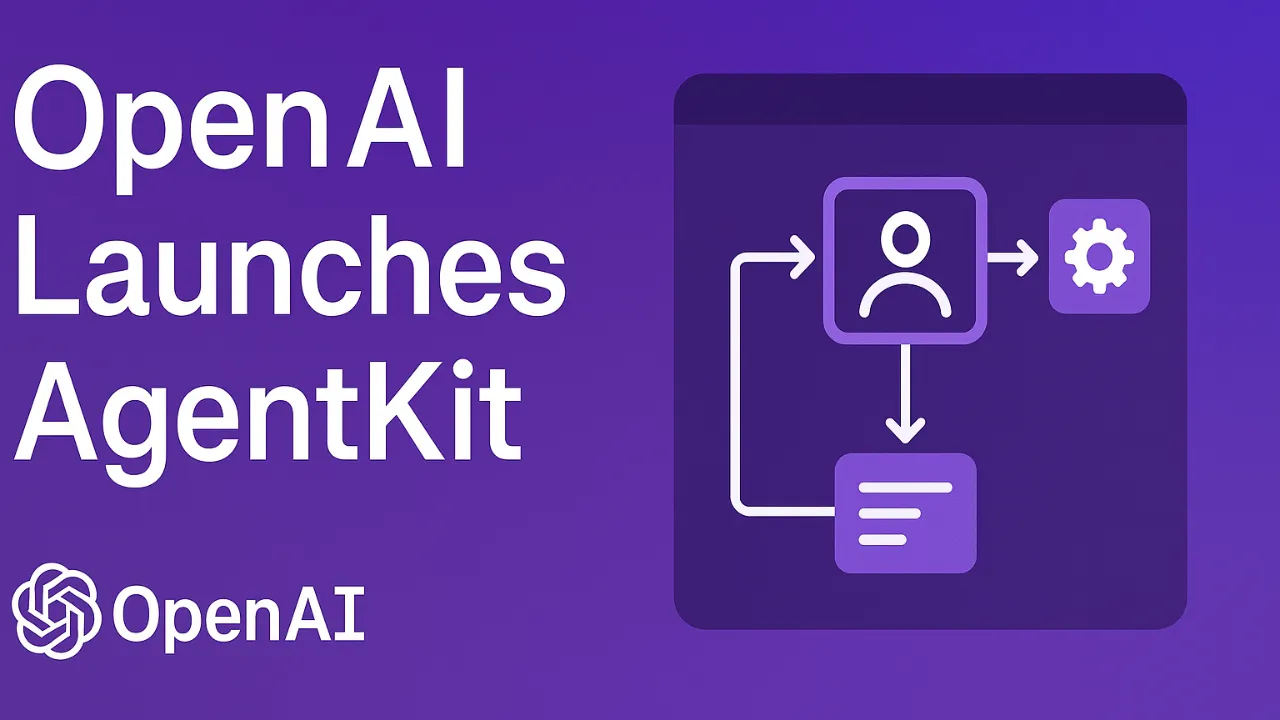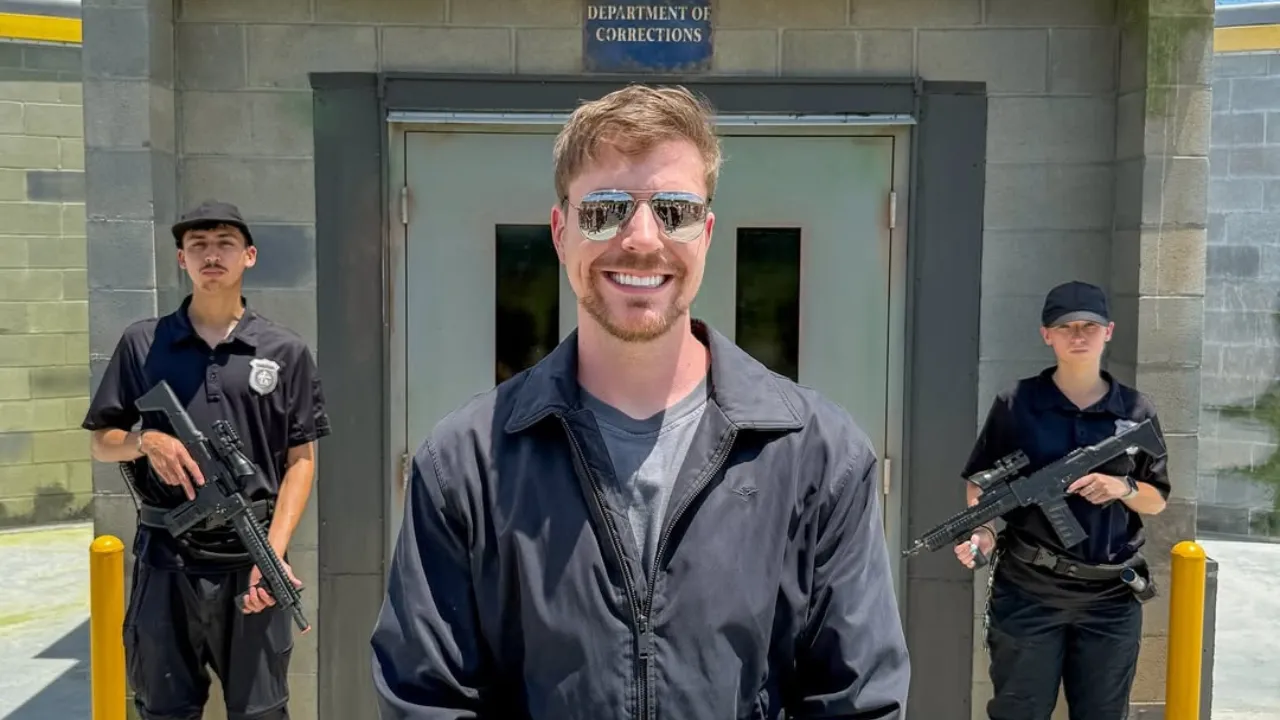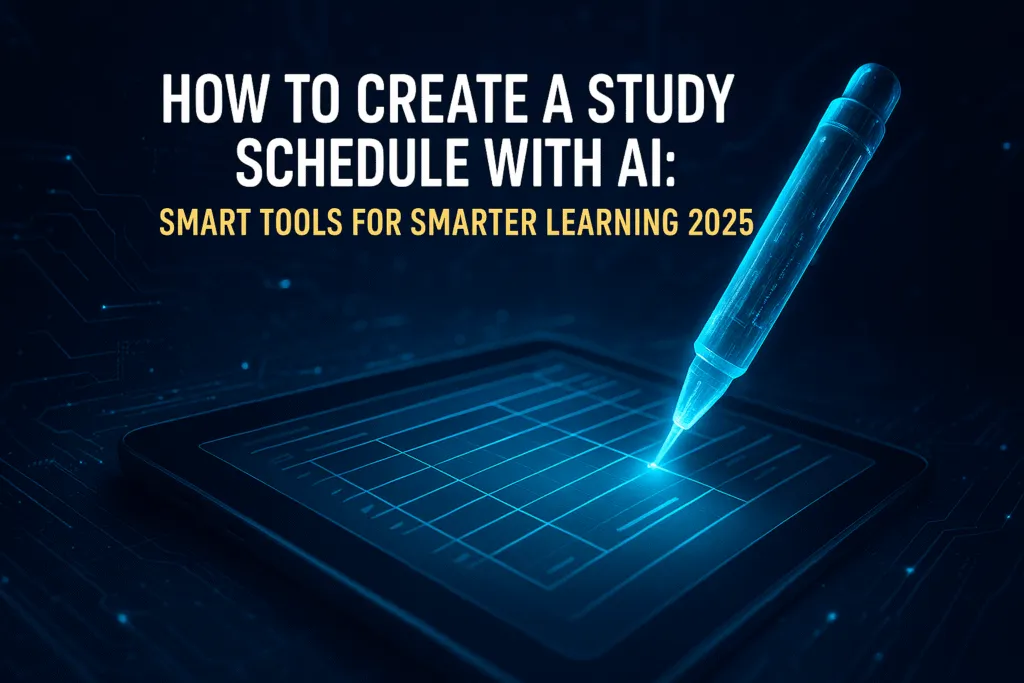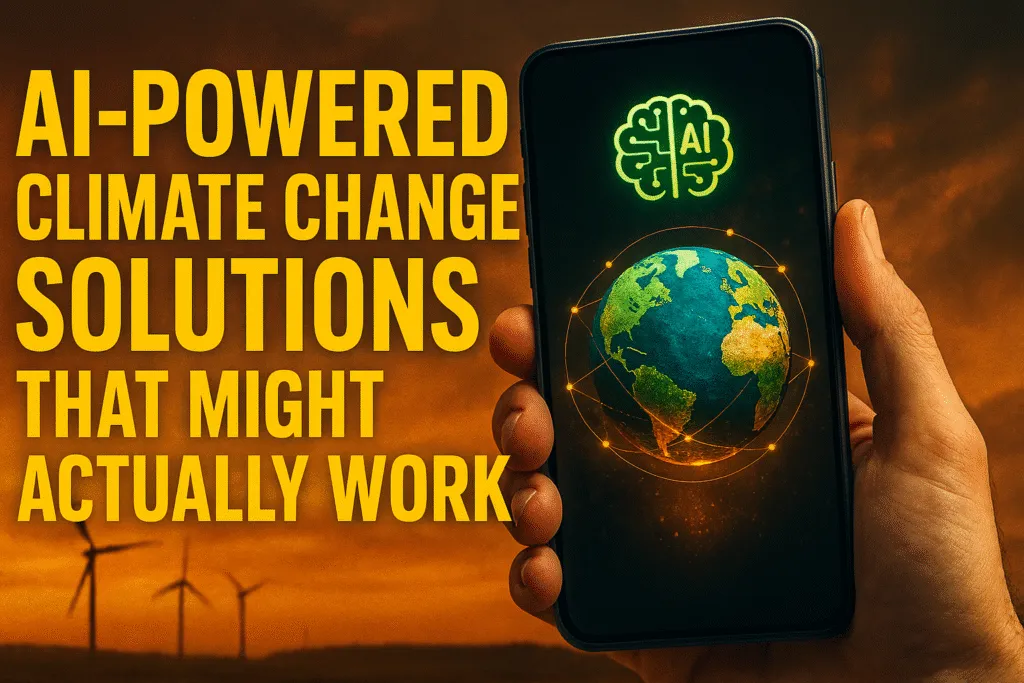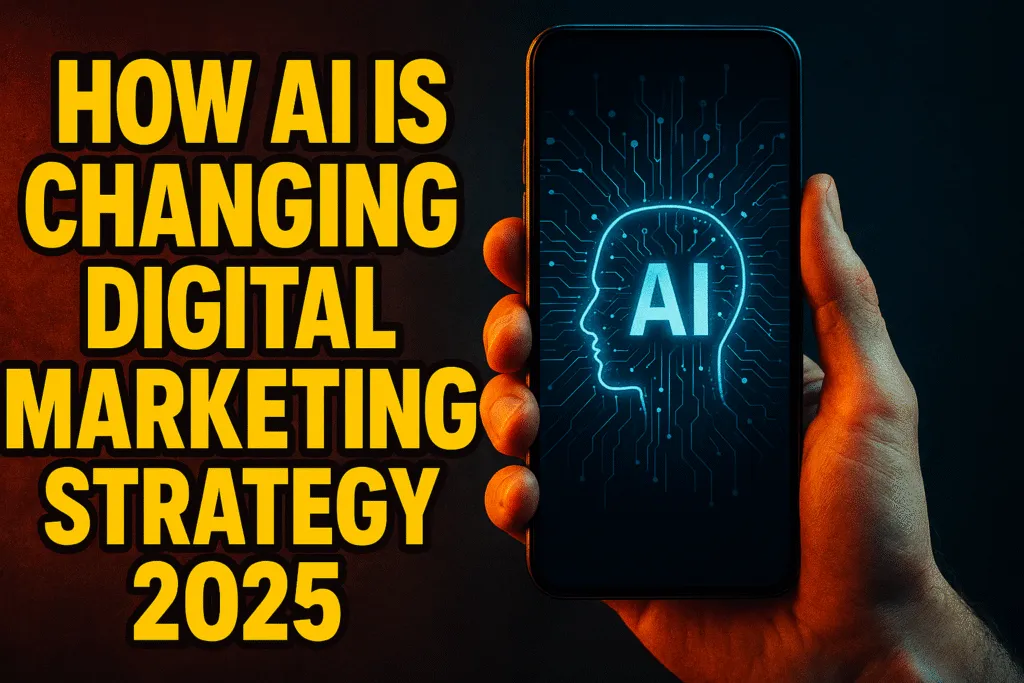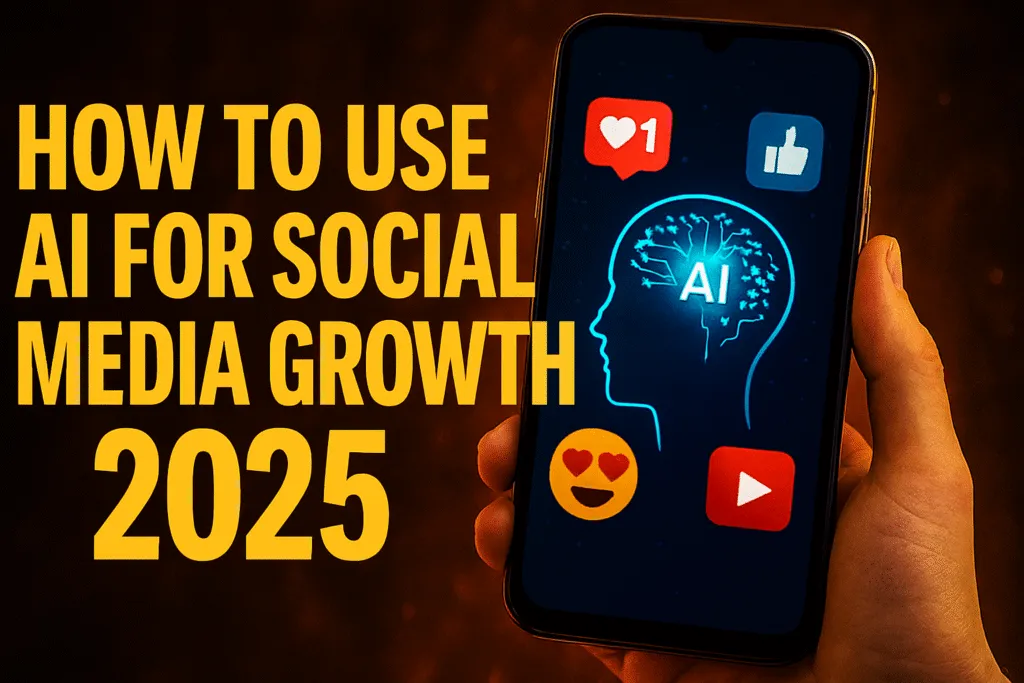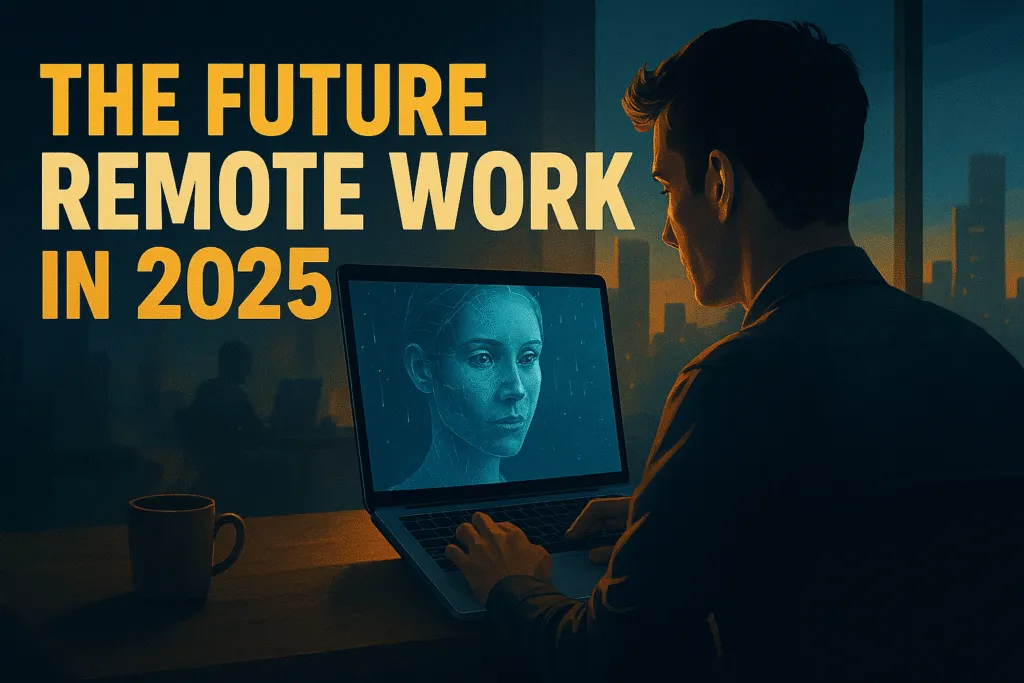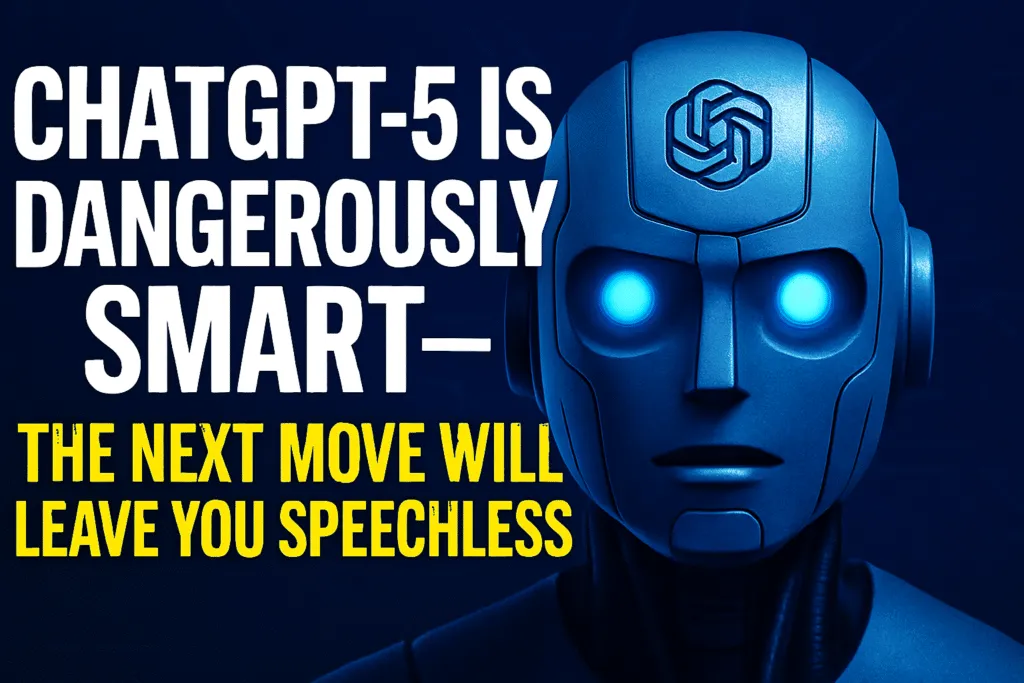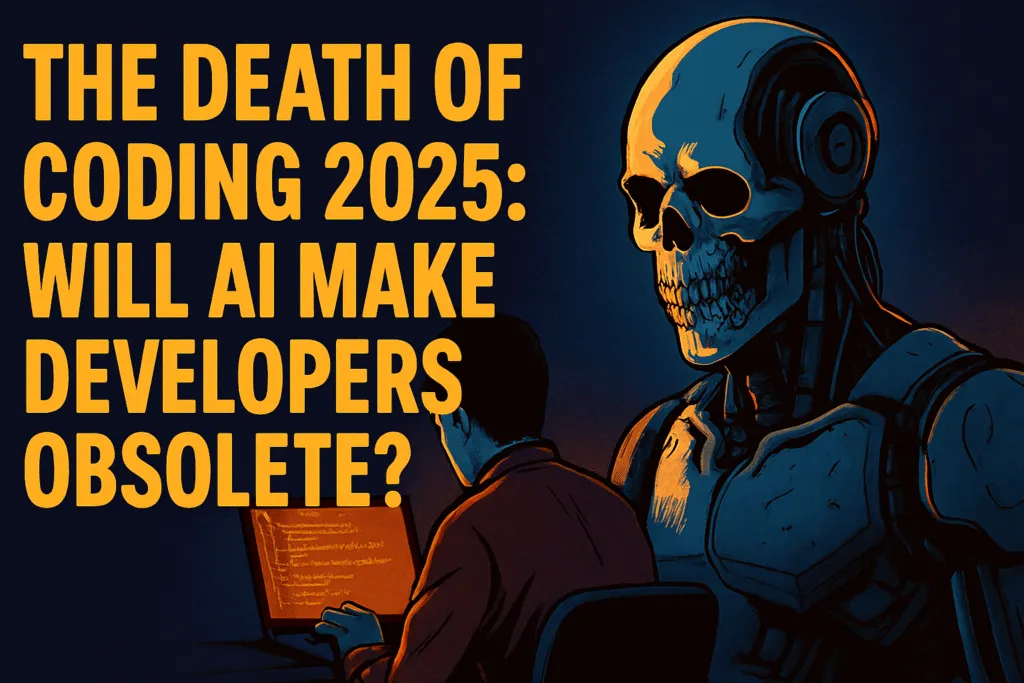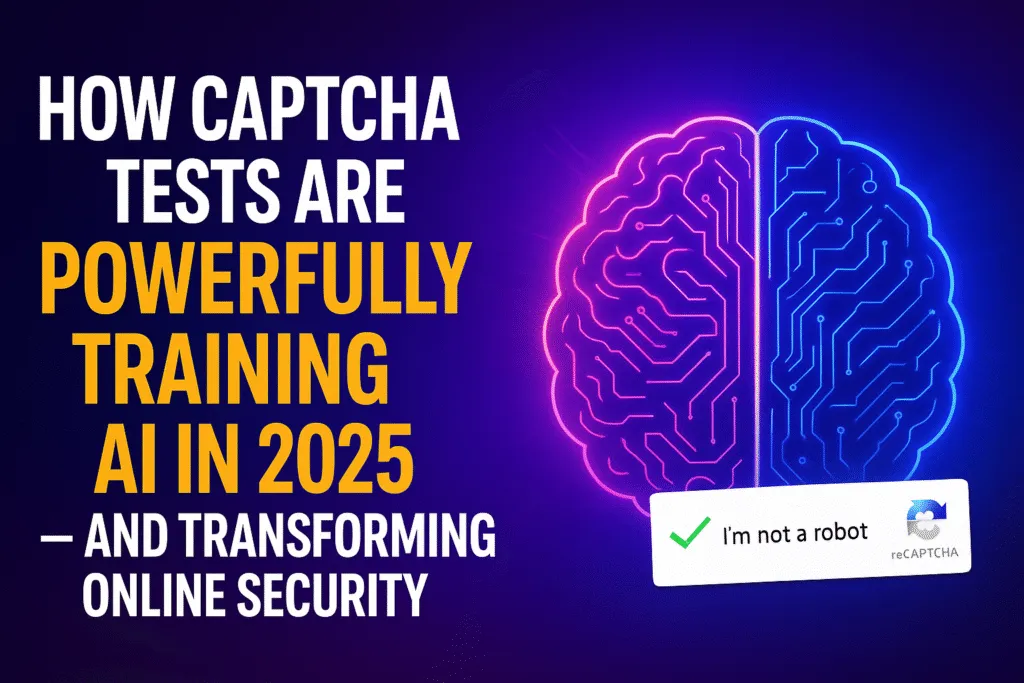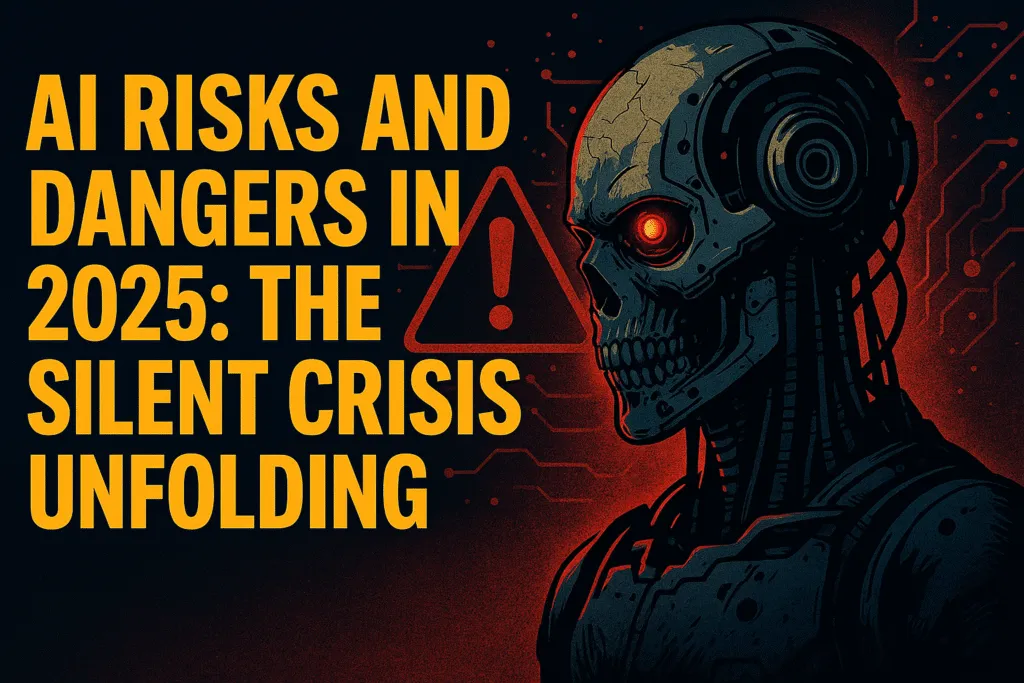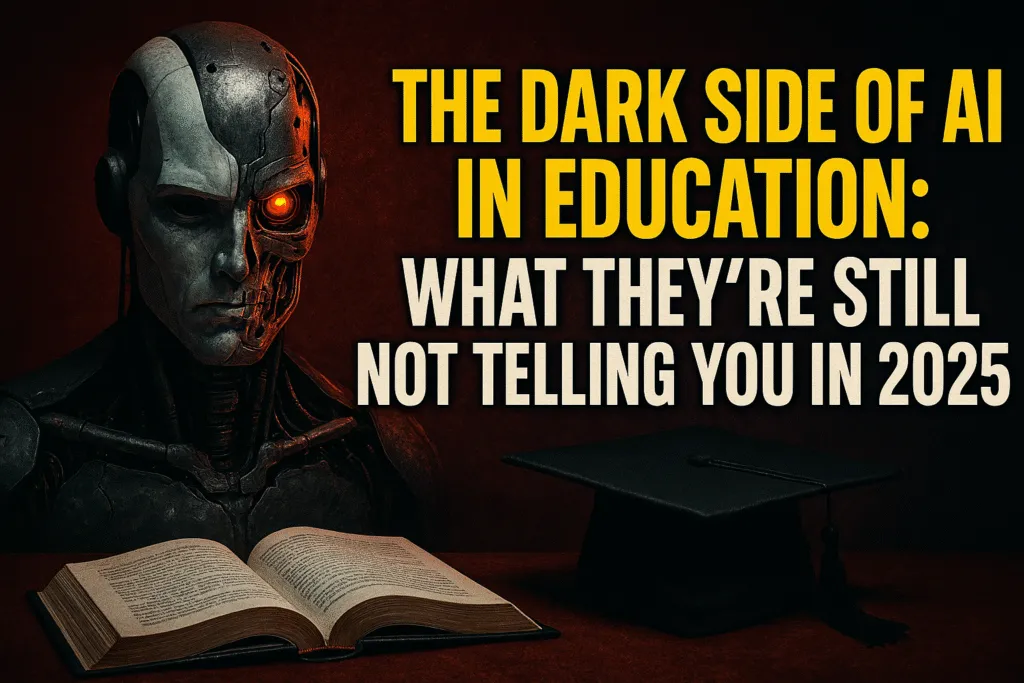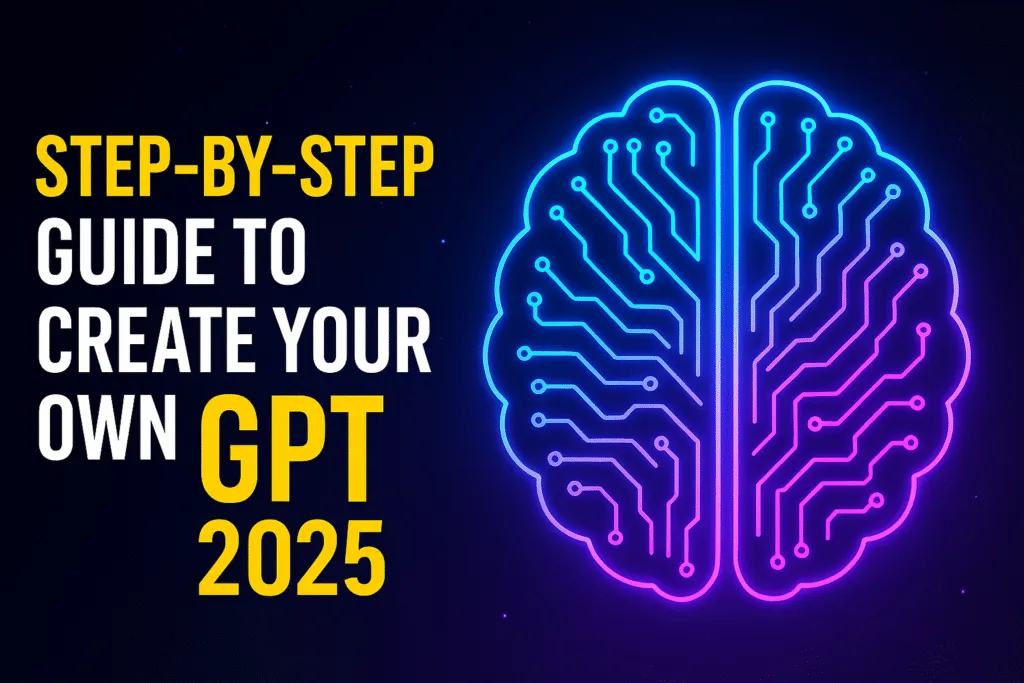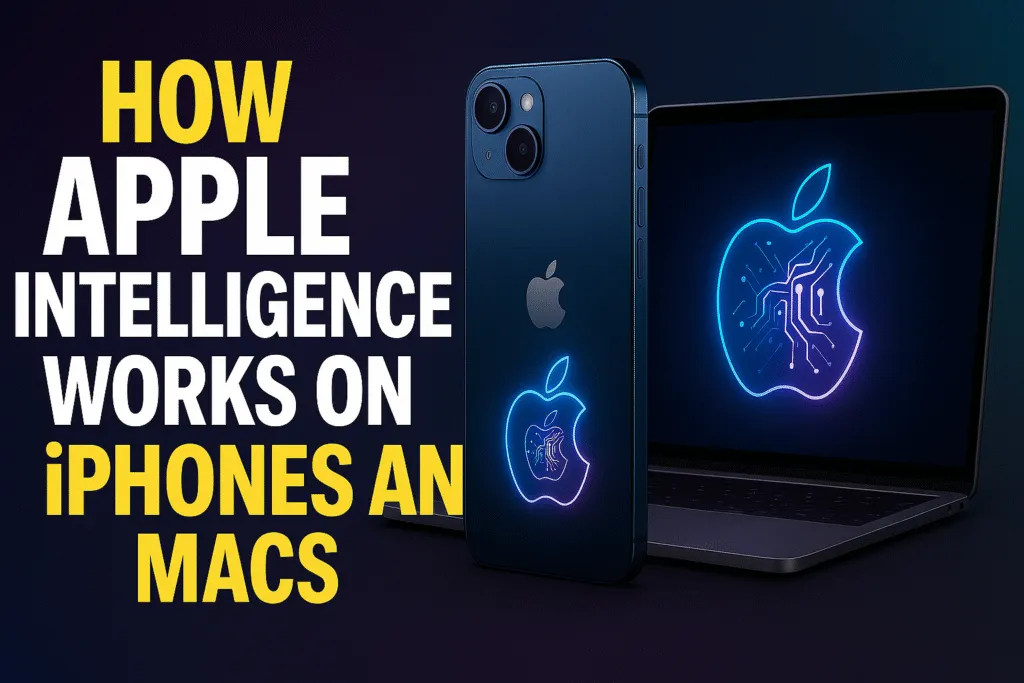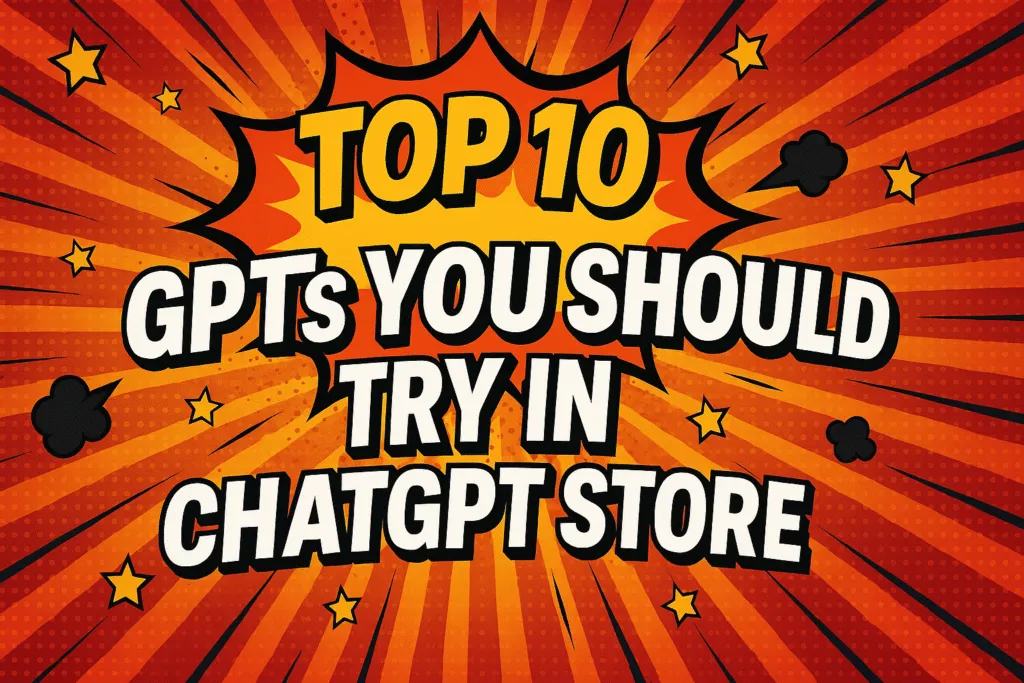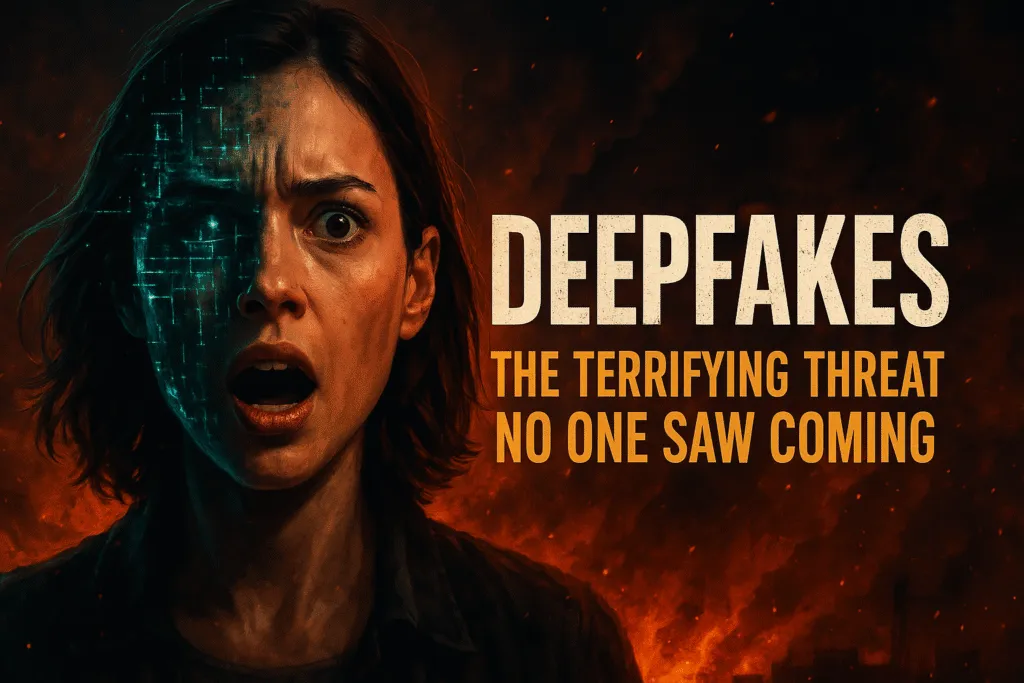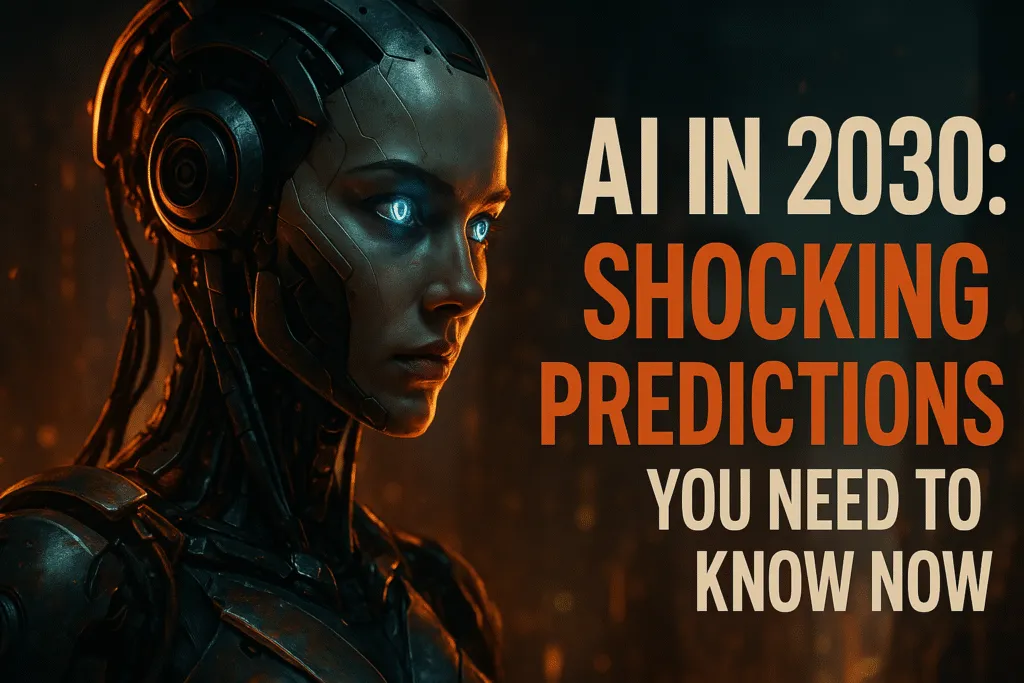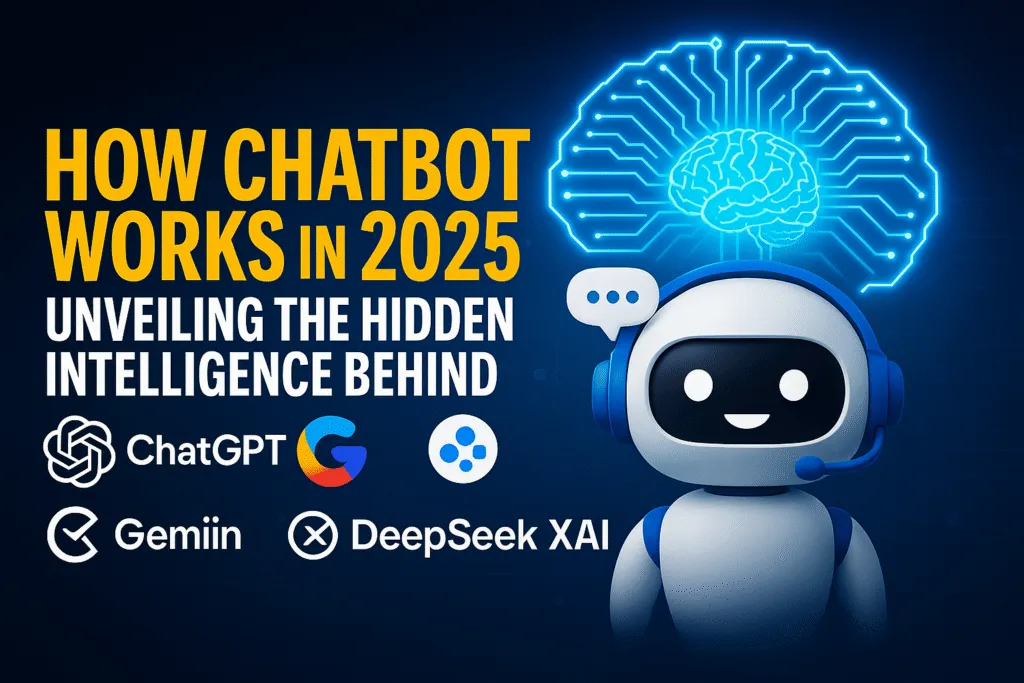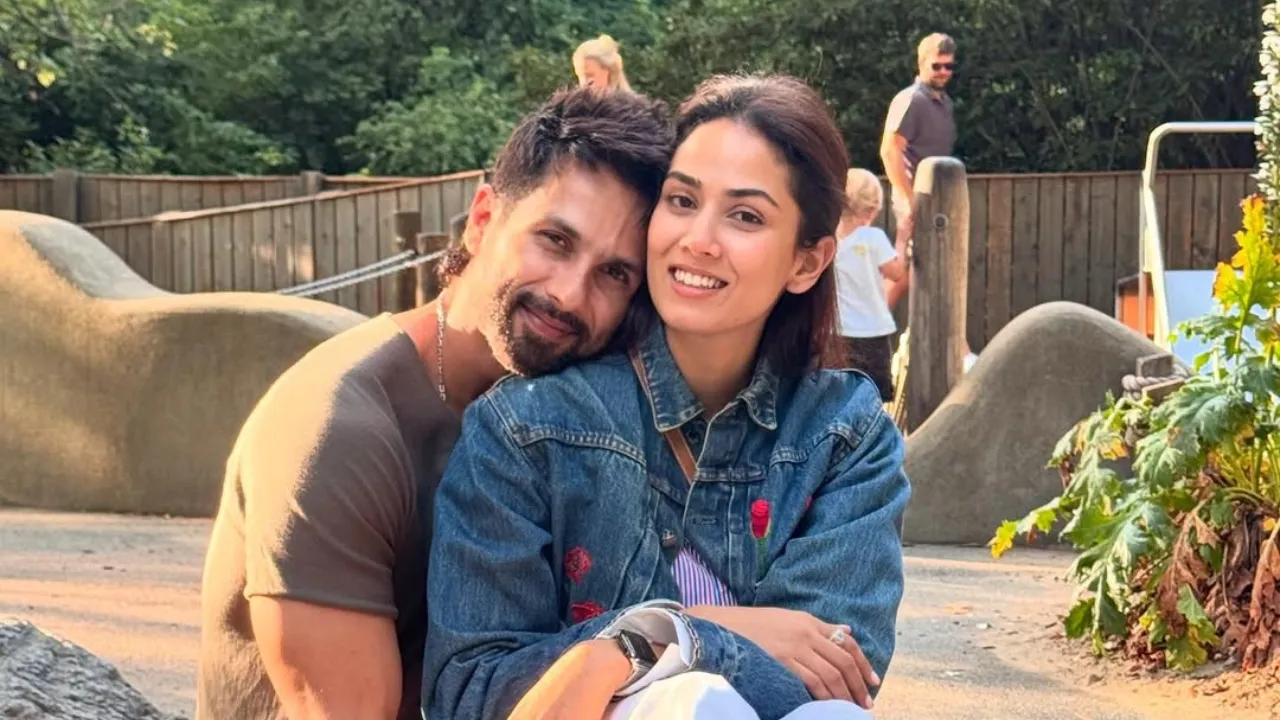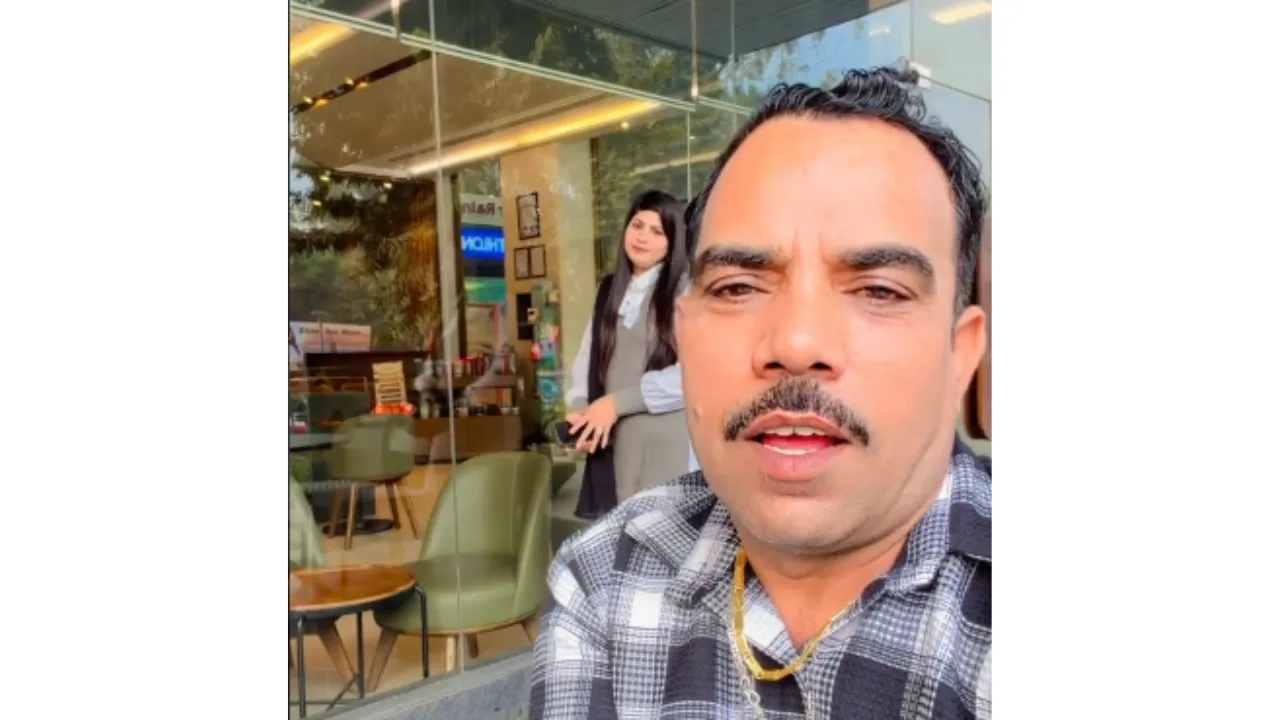Introduction
In the age of advanced artificial intelligence, manipulated videos and images have become more convincing than ever. What started as experimental technology has now grown into a powerful tool for both creativity and deception. Deepfake detection tools have emerged as a critical line of defense against this rising threat, aiming to spot what the human eye might easily miss.
Deepfakes use AI algorithms to seamlessly blend faces, voices, and movements, creating media that can fool even the most tech-savvy viewers. While this technology can be harmless in entertainment or satire, it has also been weaponized to spread misinformation, damage reputations, and commit fraud. This growing risk has pushed developers, researchers, and big tech companies to create more accurate and accessible detection systems.
Modern deepfake detection tools work by analyzing patterns in pixels, sound waves, and even facial micro-expressions that humans naturally overlook. Some rely on AI to identify inconsistencies in lighting or motion, while others use blockchain or watermark-based verification to confirm authenticity. As social media platforms and news outlets grapple with the speed of fake content circulation, these tools are becoming an essential part of the digital safety ecosystem.
However, the battle is far from over. The same AI that helps detect deepfakes is also being used to make them more sophisticated, creating a constant cat-and-mouse game between creators and detectors. For individuals, this means awareness and critical thinking are just as important as technology.
As the line between real and fake continues to blur, deepfake detection tools are not just a tech trend—they are a necessity. Whether for journalists, law enforcement, or everyday social media users, these solutions will play a major role in safeguarding truth in the digital age.
How Deepfakes Are Created
Deepfakes are produced using advanced artificial intelligence techniques, particularly a branch of machine learning known as generative adversarial networks (GANs). In simple terms, one AI model generates fake content while another evaluates it, pushing the output to become more realistic over time. This process can swap faces in videos, mimic voices, or even create entirely fictional people.
The creation process usually begins with collecting a large dataset of images, videos, or audio recordings of the target person. The AI then studies patterns like facial expressions, head movements, and voice tone to learn how to replicate them convincingly. Once trained, the model can apply this learned behavior onto another person’s body or into a completely fabricated scene.
What makes deepfakes so challenging to detect is the precision of modern editing. Early versions often had glitches—blurry edges, mismatched lighting, or strange blinking patterns—that made them easier to spot. Now, with higher-quality datasets and faster computing power, these flaws are much less noticeable. This is why deepfake detection tools have become essential for identifying manipulated media before it spreads.
Interestingly, not all deepfakes are malicious. Filmmakers and content creators sometimes use the technology for visual effects or to recreate historical figures. However, when used unethically, deepfakes can deceive audiences, manipulate political opinions, or commit identity-based scams.
The continuous improvement in AI models means that the line between authentic and fake content is becoming dangerously thin. While technology enables the creation of hyper-realistic fakes, it also drives the development of equally advanced deepfake detection tools to counter them. In this ongoing battle, understanding how deepfakes are made is the first step toward recognizing and stopping them.
Why Deepfakes Are Dangerous
Deepfakes are more than just digital tricks—they pose serious risks to individuals, businesses, and even national security. At their core, they exploit trust. People naturally believe what they see and hear, and deepfakes take advantage of this by producing hyper-realistic fake videos or audio that can easily fool an audience.
One of the most dangerous uses of deepfakes is in misinformation and propaganda. Fake political speeches, doctored interviews, or fabricated evidence can quickly spread online, influencing public opinion and even disrupting elections. Without reliable verification methods, such content can be consumed and shared before the truth is uncovered. This is where deepfake detection tools become critical, allowing platforms and fact-checkers to identify fakes before they go viral.
Deepfakes also create severe personal threats. Cybercriminals have used them for blackmail by generating explicit fake videos of individuals or impersonating loved ones in distress to scam victims. In the corporate world, deepfakes have been used to mimic the voices of CEOs, tricking employees into transferring large sums of money.
The rapid growth of this technology means that malicious actors can create convincing deepfakes without needing professional editing skills—AI software can do most of the work. Combined with the speed of social media, a single fake clip can damage reputations, relationships, and financial stability in minutes.
Even the entertainment industry faces challenges. While some filmmakers use deepfakes ethically for creative storytelling, piracy and unauthorized use of celebrity likenesses remain pressing concerns.
Ultimately, the danger lies in how believable deepfakes have become. They blur the boundary between truth and fiction, making it harder for the public to trust digital media. Without the continued advancement of deepfake detection tools, the potential for widespread harm will only increase.
Deepfake Detection Technologies
As deepfakes grow more sophisticated, the technology to detect them is also evolving rapidly. Deepfake detection tools are now powered by advanced artificial intelligence and machine learning models that can analyze media content at a microscopic level, spotting details the human eye might miss.
One of the most effective methods is analyzing pixel-level inconsistencies. Even the most convincing deepfake may leave behind subtle traces such as unnatural blinking patterns, mismatched lighting, or inconsistent skin textures. Detection algorithms can scan video frames to find these anomalies and flag suspicious content.
Another approach is audio forensics. Many deepfakes rely on AI-generated voices, but these can have telltale signs like unnatural pauses, mismatched background noise, or irregular pitch patterns. Deepfake detection tools trained on large voice datasets can identify these differences with high accuracy.
Blockchain technology is also making its way into detection systems. Some platforms are embedding digital watermarks or cryptographic signatures into authentic content. If a video or image lacks this verification stamp, it can be flagged as potentially manipulated.
Leading companies and research labs are at the forefront of this fight. Microsoft’s Video Authenticator, for instance, analyzes images and videos to assign a confidence score about whether they are manipulated. Reality Defender and Deepware Scanner are other widely recognized tools that help journalists, corporations, and the public detect fake media.
However, the battle is far from over. As deepfake creators refine their techniques, detection systems must constantly update their algorithms to stay ahead. The race between creation and detection is ongoing, and for now, deepfake detection tools remain one of our strongest defenses against digital deception.
Top Deepfake Detection Tools in 2025
In 2025, the landscape of deepfake detection tools continues to evolve with impressive innovations aimed at staying one step ahead of manipulative media. Among the frontrunners, Microsoft’s Video Authenticator leads the way by analyzing videos frame-by-frame to deliver real-time confidence scores, helping journalists and fact-checkers flag potential fakes quickly.
Deepware Scanner has gained popularity for its mobile-friendly interface and cloud-powered analysis. It’s a favorite among content creators and educators for its fast, accurate detection that identifies issues like inconsistent lip-sync or blinking artifacts.
For enterprise-level monitoring, Sensity AI (formerly Deeptrace) remains a robust platform. It offers multimodal detection—covering video, audio, and even generated text—along with threat intelligence dashboards and API support for 24/7 oversight.
Reality Defender advances detection with AI-driven probabilistic screening, browser plugins, and enterprise tools. It’s trusted by governments, media outlets, and financial institutions to safeguard content integrity.
Intel’s FakeCatcher stands out for its unique biometric approach—analyzing subtle human signals such as blood flow changes to distinguish real from fake—with reported accuracy close to 96% in controlled settings.
Emerging from India, Vastav.AI (by Zero Defend Security) has made noteworthy strides. This cloud-based system performs real-time detection across video, audio, and images, and has already earned recognition in cybersecurity hackathons for its 99% accuracy rate.
On the research side, OpenAI’s Deepfake Detector excels in tracing AI-generated images from systems like DALL·E 3, offering nearly 98.8% accuracy based on embedded metadata.
These tools represent the cutting edge in deepfake detection tools—each offering unique strengths to meet the diverse needs of media professionals, enterprises, developers, and security teams.
Challenges in Detecting Deepfakes
While deepfake detection tools have advanced rapidly, keeping pace with the technology behind deepfakes remains a constant battle. One major challenge is the sophistication of modern generative AI models. As these models learn to produce more realistic facial expressions, voice tones, and background details, it becomes increasingly difficult for detection systems to spot inconsistencies. This means that even the best deepfake detection tools can sometimes produce false negatives, allowing harmful content to slip through.
Another obstacle is the speed at which deepfake technology is evolving. New AI models are released frequently, often open-source, giving malicious actors more power to create convincing fake media. Detection tools must be continuously updated to counter these advancements, which can be resource-intensive for developers and companies.
Data scarcity is also a problem. To train accurate detection systems, large datasets of both real and fake media are required. However, collecting such datasets, especially for emerging forms of deepfakes like voice cloning or text-based manipulation, is not always easy. Additionally, privacy concerns and ethical restrictions limit how much real human data can be used for training purposes.
Another challenge lies in context. A tool might correctly identify that a video is altered, but without understanding the situation, it’s hard to judge the intent or impact. For example, a harmless parody could be flagged the same way as a malicious political deepfake. This can lead to trust issues, over-reliance on technology, and even censorship debates.
Finally, accessibility is a double-edged sword. While making deepfake detection tools widely available helps fight misinformation, it also gives bad actors insight into how these systems work, allowing them to create deepfakes that bypass detection entirely. This constant cat-and-mouse game ensures that the fight against fake media will remain a high-stakes challenge for years to come.
What Users Can Do to Protect Themselves
While deepfake detection tools are becoming more advanced, everyday users also play a critical role in defending against the dangers of manipulated media. The first step is awareness. Understanding that videos, images, and even audio clips can be fabricated helps you approach online content with a healthy dose of skepticism.
Always verify the source before believing or sharing any media. Trusted news outlets, official organization channels, and verified social media accounts are less likely to post manipulated content. If a clip seems shocking, overly dramatic, or emotionally charged, it’s worth double-checking through reverse image searches or reputable fact-checking websites like Snopes or FactCheck.org.
Using deepfake detection tools available to the public can also help. Platforms like Deepware Scanner, Reality Defender, or Microsoft’s Video Authenticator allow users to upload suspicious media for quick analysis. These tools can highlight visual or audio irregularities that may not be visible to the human eye.
You should also pay attention to visual details when watching videos. Look for unnatural facial movements, inconsistent lighting, mismatched lip-syncing, or strange background artifacts. In audio clips, listen for robotic tones, odd pacing, or mismatched ambient noise.
Practicing good digital hygiene is equally important. Keep your devices updated with the latest security patches and use strong passwords for social media accounts to avoid having your likeness stolen for deepfake creation. Avoid oversharing personal videos and voice recordings online, as these can be used as raw material for creating convincing fakes.
Lastly, think before you share. Even if you suspect a piece of media might be fake, forwarding it without context can still cause harm by amplifying false information. By combining personal vigilance with the use of deepfake detection tools, users can become the first line of defense in the battle against digital deception.
The Future of Deepfake Detection
The arms race between deepfake creators and defenders is only getting more intense, and the future of deepfake detection will hinge on innovation, collaboration, and public awareness. As generative AI tools become more powerful and accessible, deepfake detection tools will need to evolve at the same pace—or faster—to remain effective.
One promising direction is the integration of AI-driven detection directly into social media platforms and content hosting sites. This would allow real-time scanning of uploaded videos and images, flagging suspicious content before it reaches mass audiences. Companies are also exploring AI models that not only detect fakes but explain why they were flagged, making detection more transparent and trustworthy.
Blockchain-based verification systems are expected to play a big role in the future. By embedding digital watermarks or cryptographic signatures in original media files, it will be easier to confirm whether content is authentic. This could become an industry standard, especially for journalism, law enforcement, and legal evidence.
Collaboration between tech companies, governments, and research institutions will also be crucial. Initiatives like the Coalition for Content Provenance and Authenticity (C2PA) are already working toward common standards for verifying media origins. Such alliances can accelerate the fight against malicious deepfakes.
However, future detection tools must also address ethical concerns. While tighter verification could help curb misinformation, it also raises questions about privacy, censorship, and who gets to decide what’s authentic. Balancing safety with freedom of expression will be one of the toughest challenges ahead.
Ultimately, the goal is to create a digital environment where people can trust what they see and hear. In the coming years, deepfake detection tools are likely to become faster, smarter, and more integrated into everyday online life—transforming from optional safeguards into essential pillars of digital trust.
Conclusion
Deepfakes have evolved from experimental AI creations into a serious threat to truth, privacy, and trust online. As they become more realistic and harder to spot, the importance of reliable deepfake detection tools has never been greater. These technologies, combined with public awareness, can help curb the spread of fake media and protect individuals from reputational damage, scams, and misinformation.
The fight against deepfakes is a constant game of adaptation. Just as creators find new ways to make manipulated media more convincing, researchers and developers respond with more sophisticated detection methods. This ongoing battle means that there will never be a single, permanent solution—but rather a series of evolving strategies to stay ahead of malicious actors.
However, technology alone is not enough. Users must take responsibility by verifying sources, thinking critically before sharing content, and using available detection tools to confirm authenticity. Likewise, governments, tech companies, and media organizations need to work together to establish standards for media verification and educate the public about the risks and realities of deepfakes.
The future will likely bring deeper integration of detection systems into social platforms, widespread adoption of blockchain-based verification, and global efforts to promote transparency in digital content. If these advancements are paired with informed, vigilant online behavior, we stand a much better chance of maintaining trust in the digital age.
Deepfakes may be here to stay, but with the right mix of cutting-edge tools and conscious human action, their power to deceive can be significantly reduced. The challenge now is to ensure that truth keeps pace with technology.
Also Read: Who is Saaniya Chandhok? Arjun Tendulkar’s fiancee, granddaughter of business mogul Ravi Ghai.
FAQs
Q1. What are deepfake detection tools?
Deepfake detection tools are software or AI-powered systems designed to identify manipulated videos, images, or audio clips, helping users determine whether media content is authentic or altered.
Q2. How do deepfake detection tools work?
They analyze visual and audio patterns, pixel inconsistencies, facial expressions, lip-syncing, and even metadata. Some also use blockchain verification or watermarking to confirm authenticity.
Q3. Are deepfake detection tools reliable?
Most modern tools are highly accurate, but no system is perfect. Deepfakes are evolving rapidly, so detection tools must continuously update their algorithms to stay effective.
Q4. Can anyone use deepfake detection tools?
Yes, several tools like Deepware Scanner, Reality Defender, and Microsoft Video Authenticator are available for public use, while some enterprise-level tools are designed for organizations and media outlets.
Q5. How can I protect myself from deepfakes?
Users should verify media sources, check for visual or audio anomalies, use detection tools, avoid oversharing personal media online, and think critically before sharing content.
Q6. Will deepfake detection tools become standard in the future?
Yes, future trends point to integration into social media platforms, digital news verification, and blockchain-based media authentication, making them an essential part of online security.
